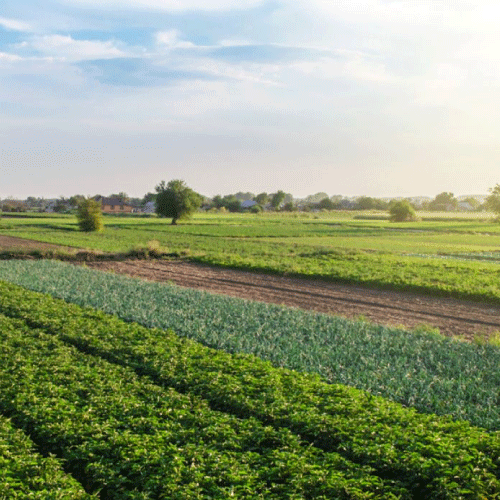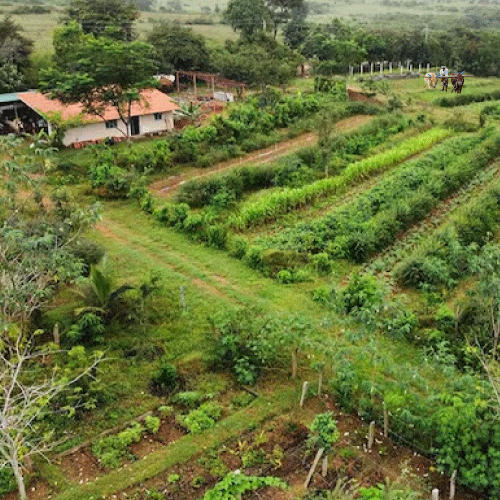
Cultivation Process for Various Crops

Soil Preparation:Understand your soil by testing its type, texture, pH, and nutrient levels.Ensure the soil is fertile and well-drained to support healthy root development.Crop Selection and Planning: Choose crops based on climate, soil type, and market demand.Plan crop rotations to maintain soil health and prevent disease buildup.Seed Selection and Planting:Select high-quality seeds or seedlings. Plant seeds at the appropriate depth and spacing.Irrigation:Provide consistent water supply through methods like drip irrigation.Adjust irrigation based on weather conditions and crop growth stages. Fertilization:Apply organic or synthetic fertilizers to replenish soil nutrients.Follow recommended rates and timing for each crop.Weed Control:Use mechanical methods (hoeing, hand-weeding) or herbicides to manage weeds. Prevent weed competition that affects crop growth.Pest and Disease Management:Monitor crops for pests and diseases.Implement integrated pest management (IPM) practices.Pruning and Training: Prune fruit trees and vines to improve light penetration and airflow.Train plants to grow in desired shapes (e.g., trellising grapevines).Harvesting:Harvest crops at the right maturity stage.Handle harvested produce carefully to minimize damage.
2024 Digital Reachall. All rights reserved | Privacy & Policy | Terms & Conditions.